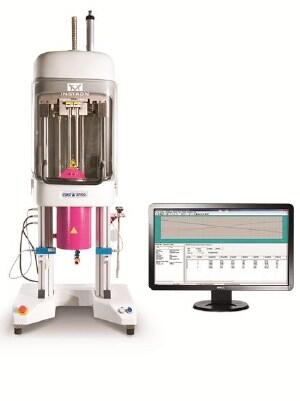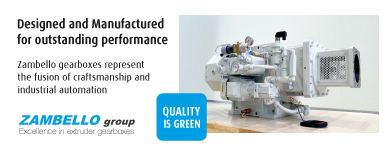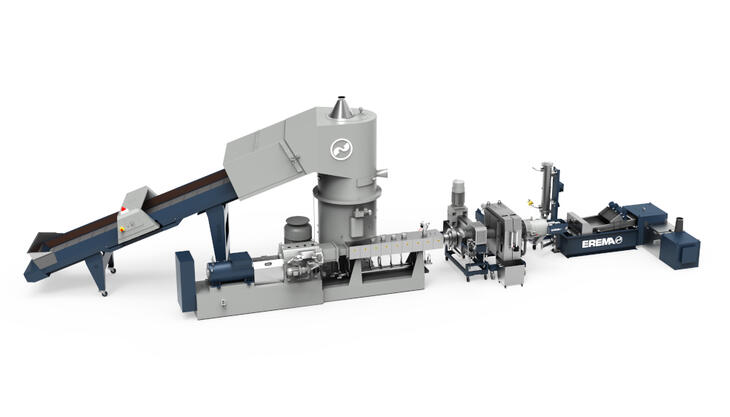Software integrations expand the possibilities of rheological testing

VisualRHEO is a versatile software package dedicated to managing rheological tests and analysing data and is a fundamental part of Instron Ceast SmartRheo single- and twin-bore capillary rheometer systems, manufactured by ITW Test and Measurement Italia. When combined these products are designed to investigate the flow behavior of plastics over a wide range of shear conditions.
The VisualRHEO software, which manages and analyzes data from rheological tests with steps at constant piston speed or shear rate, enables the technician to have full control over gathering data including viscosity, Bagley and Rabinowitsch corrections, and non-Newtonian index calculations. These results are displayed from both a numerical and a graphical point of view.
Recent extensions are the Advanced Analysis and the Advanced Test Management packages, both designed to supply users with additional features in terms of testing procedures and data analysis. So, the new VisualRHEO Advanced Analysis Package adds:
advanced fitting capabilities on rheological curves, using polynomial, power law, cross and Yasuda-Carreau equations, and showing related coefficients;
elongational viscosity estimation, using Cogswell method based on Bagley corrected shear viscosity data;
wall-slip speed estimation, using Mooney method based on standard tests with different dies (same L/D but different diameters);
viscosity dependence on temperature analysis, applying Arrhenius and WLF equations to multiple tests at different temperatures to obtain the viscosity-temperature relationship for each shear rate condition;
performs also the flow/no-flow analysis to estimate the limiting temperature condition for flowing.
Furthermore, the new VisualRHEO Advanced Test Management Package adds:
• viscosity dependence on time test mode and analysis. This allows the operator to measure viscosity at different times to study the thermal degradation and other time-depending phenomena. The viscosity results are plotted against time;
• melt fracture test mode, which allows a shear rate sweep of programmable range and speed, aimed at quickly finding the conditions for unstable flow;
• stress relaxation test mode, which allows the system to keep measuring the pressure and to calculate viscosity after stopping the piston movement, therefore looking at relaxation phenomena of the sample.
















